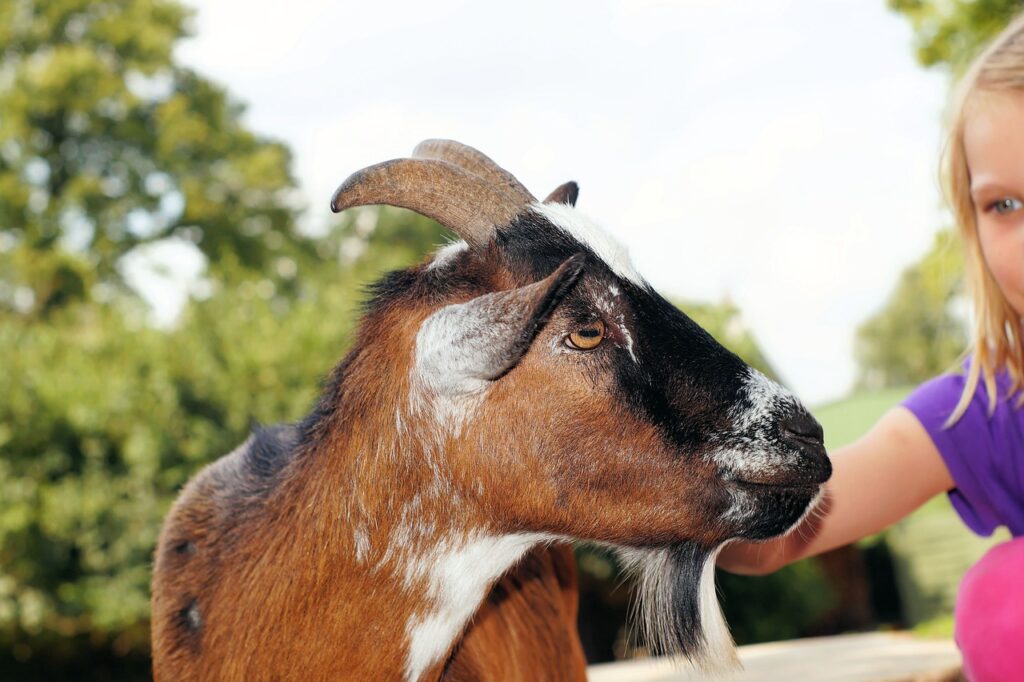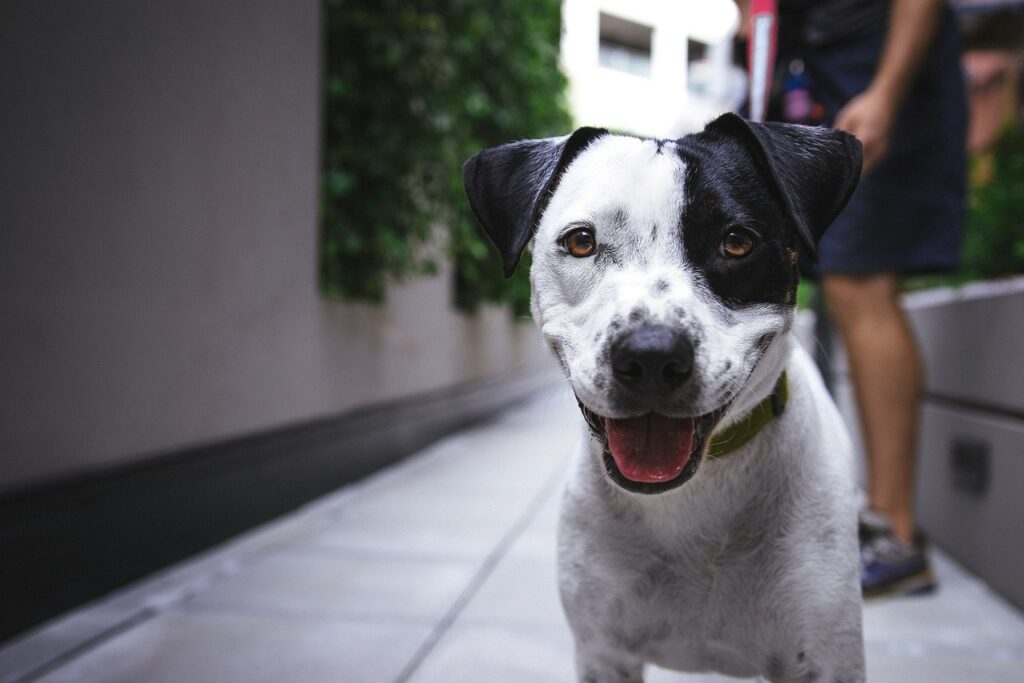Introduction to Animal Assisted Therapy (AAT) and its History
Animal Assisted Therapy (AAT) has been gaining traction in the healthcare industry as a holistic approach to healing. It involves the use of trained animals to aid in the therapeutic process, providing physical, emotional, and psychological benefits. The history of AAT dates back to the 18th century when animals were first used in mental health institutions to help improve patients’ morale. Today, AAT is a widely recognized therapy method used in various healthcare settings, including occupational therapy.
The Role of AAT in Occupational Therapy
In the realm of occupational therapy, Animal Assisted Therapy plays a crucial role. Occupational therapists use AAT to help patients develop fine motor skills, improve balance and coordination, and boost emotional well-being. The presence of an animal can make therapy sessions more engaging and less intimidating for patients, making it easier for them to participate and progress in their treatment plans.
Benefits of AAT for Occupational Therapy Patients

The benefits of Animal Assisted Therapy in occupational therapy are numerous:
- Physical Benefits: Interaction with animals can encourage physical activities such as walking, throwing, and grooming, which help improve motor skills.
- Emotional Benefits: Animals provide unconditional love and companionship, reducing feelings of loneliness and anxiety.
- Psychological Benefits: AAT can help alleviate symptoms of depression and improve overall mental health.
- Social Benefits: Working with animals can help improve social interactions and communication skills, particularly in patients with autism or other social disorders.
Types of Animals Used in AAT
Various animals can be used in Animal Assisted Therapy, each bringing unique benefits to the therapy sessions:
- Dogs: Known for their loyalty and companionship, dogs are commonly used in AAT to help reduce stress and anxiety.
- Cats: Their calming presence can be beneficial for patients dealing with emotional trauma or mental health issues.
- Horses: Equine therapy is particularly effective for improving physical coordination and emotional regulation.
- Small Animals: Rabbits, guinea pigs, and birds can also be used, especially for patients who are more comfortable with smaller animals.
How AAT is Integrated into Therapy Sessions

Integrating Animal Assisted Therapy into occupational therapy sessions requires careful planning and execution:
- Assessment: The therapist assesses the patient’s needs and determines if AAT is suitable for their treatment plan.
- Selection: The appropriate animal is chosen based on the patient’s preferences and therapy goals.
- Session Planning: Therapy activities involving the animal are planned to target specific therapeutic outcomes.
- Implementation: The therapist guides the patient through the activities, ensuring safety and maintaining the therapy’s focus.
- Evaluation: The therapy sessions are regularly evaluated to track progress and make necessary adjustments.
How Does Animal Assisted Therapy Work?
Animal Assisted Therapy works by leveraging the human-animal bond to promote healing. The mere presence of an animal can lower blood pressure, reduce stress hormones, and release endorphins. During therapy sessions, animals act as motivators and companions, helping patients stay engaged and focused. The tactile and sensory experiences provided by animals can also stimulate cognitive and physical functions, aiding in the overall rehabilitation process.
How to Become an Animal Certified Occupational Therapist
Becoming an animal certified occupational therapist involves several steps:
- Education: Obtain a degree in occupational therapy from an accredited institution.
- Certification: Pass the national certification exam to become a licensed occupational therapist.
- Specialization: Pursue specialized training in Animal Assisted Therapy through accredited programs or workshops.
- Certification: Obtain certification from recognized organizations such as the Pet Partners or the International Association of Animal Therapists.
- Experience: Gain practical experience by working under the supervision of experienced AAT practitioners.
The Future of AAT in Healthcare
The future of Animal Assisted Therapy in healthcare looks promising. With ongoing research validating its benefits, more healthcare institutions are likely to incorporate AAT into their treatment plans. Technological advancements, such as virtual reality, may also enhance the effectiveness of AAT by simulating animal interactions for patients who cannot access live animals. As awareness grows, so will the demand for certified professionals specializing in this therapeutic approach. By understanding and integrating Animal Assisted Therapy into occupational therapy practices, you can unlock new dimensions of healing for your patients.
The information provided on this website is for general informational purposes only. It is not intended as, nor should it be considered, professional medical advice. Always consult a professional regarding your specific medical issue.
Frequently Asked Questions
What is Animal Assisted Therapy?
Animal Assisted Therapy (AAT) is a type of therapy that involves the use of trained animals to help individuals achieve specific physical, emotional, or psychological goals.
How does Animal Assisted Therapy benefit patients during occupational therapy sessions?
AAT provides physical, emotional, psychological, and social benefits, making therapy more engaging and effective for patients.
What types of animals are used in Animal Assisted Therapy?
Common animals used include dogs, cats, horses, and small animals like rabbits and guinea pigs.
How can I become an animal certified occupational therapist?
You’ll need to obtain a degree in occupational therapy, pass the certification exam, pursue specialized training in AAT, and gain practical experience.
What is the future of Animal Assisted Therapy in healthcare?
The future is bright, with increasing adoption in healthcare settings and potential enhancements through technology.
References:
- Fine, Aubrey H. Handbook on Animal-Assisted Therapy. Academic Press, 2019.
- Kruger, Katherine A., and James A. Serpell. “Animal-Assisted Interventions in Mental Health.” Handbook on Animal Assisted Therapy, 3rd ed., 2010, pp. 33-48.
- Chandramouleeswaran, S., and Ranganathan, S. “Animal-assisted Interventions in India.” ScienceDirect, vol. 68, 2016, pp. 76-83.
Recently Featured OT Insider Posts
The Benefits of Music Therapy in Occupational Therapy Practice
Exploring the Diverse Types of Splints in Occupational Therapy
Top 5 Tips for Supervising Fieldwork Students in Occupational Therapy
10 Amazing Fieldwork Strategies for Occupational Therapy Students
Aging in Place: Top 10 Home Modifications for Seniors
Improving Daily Life: Wheelchair Positioning for Older Adults
Managing Lymphedema: The Role of Occupational Therapy
Unlocking Summer Fun: 10 Sensory-Friendly Activities for Children
